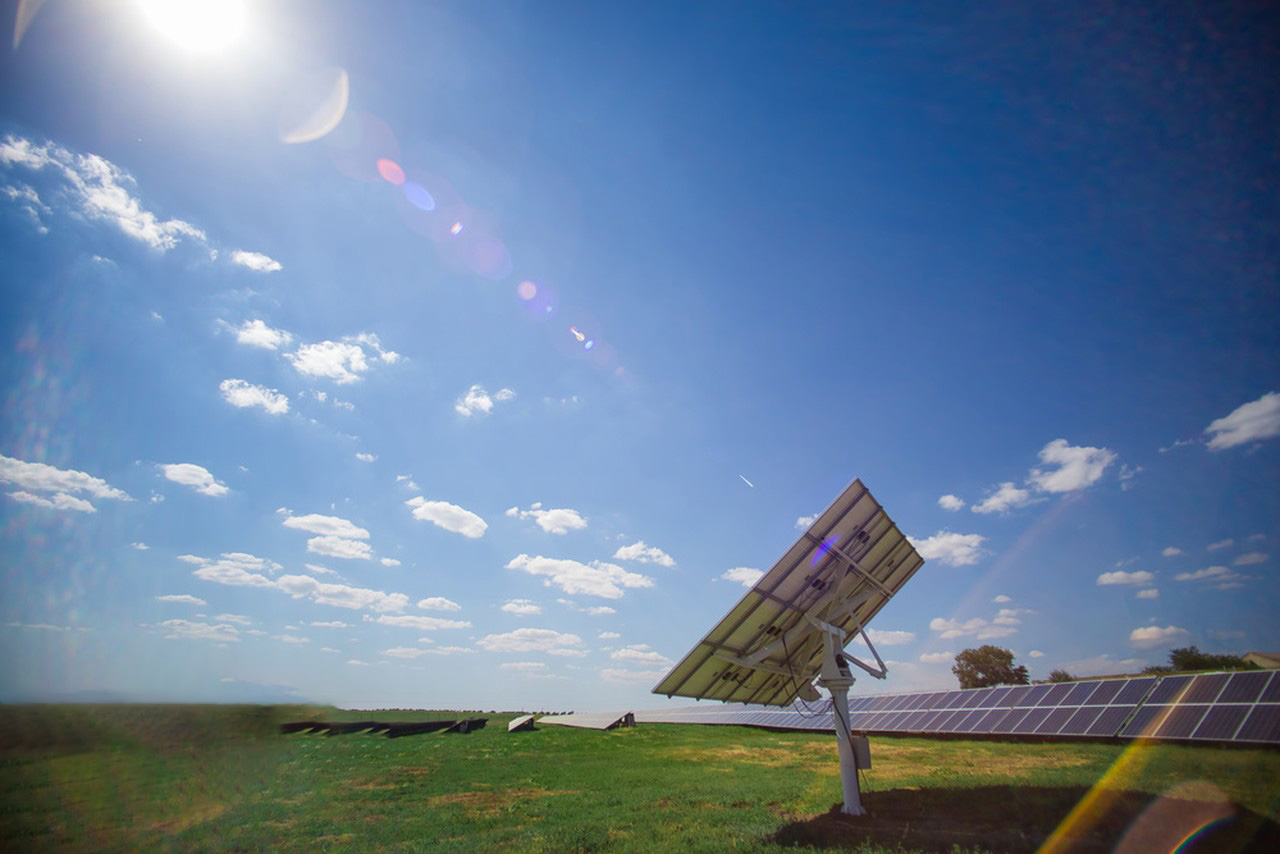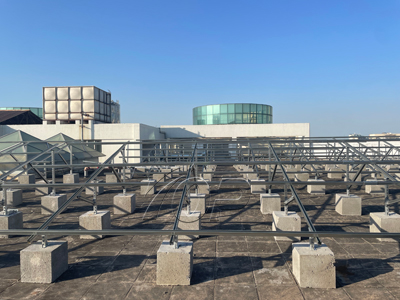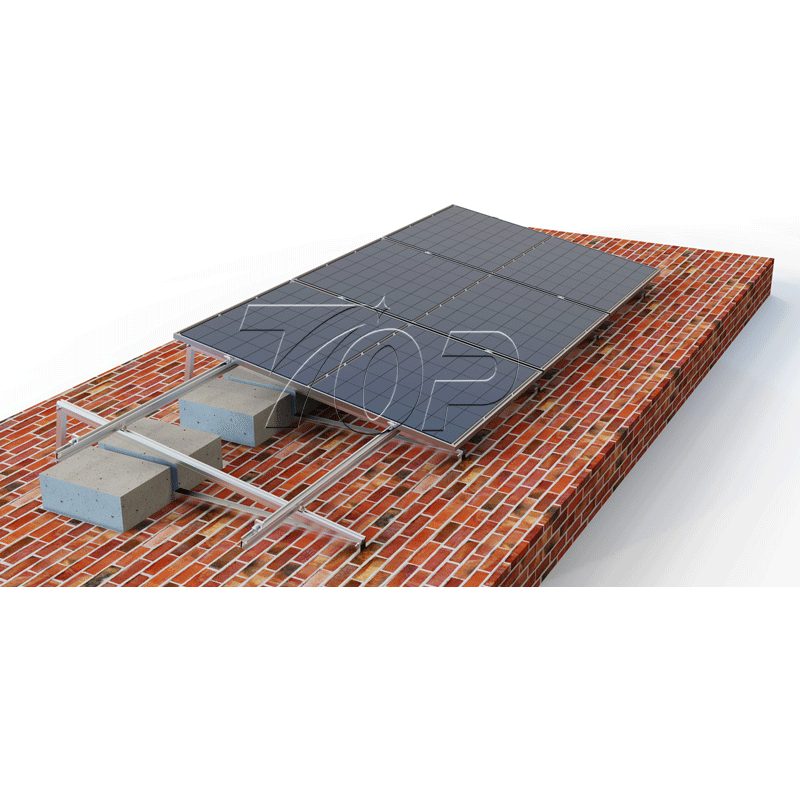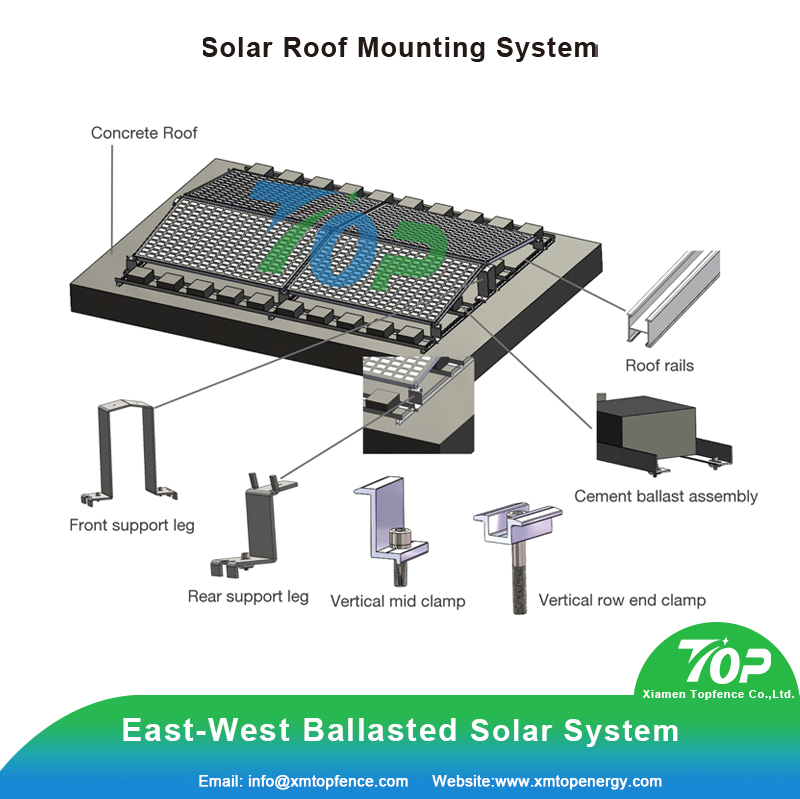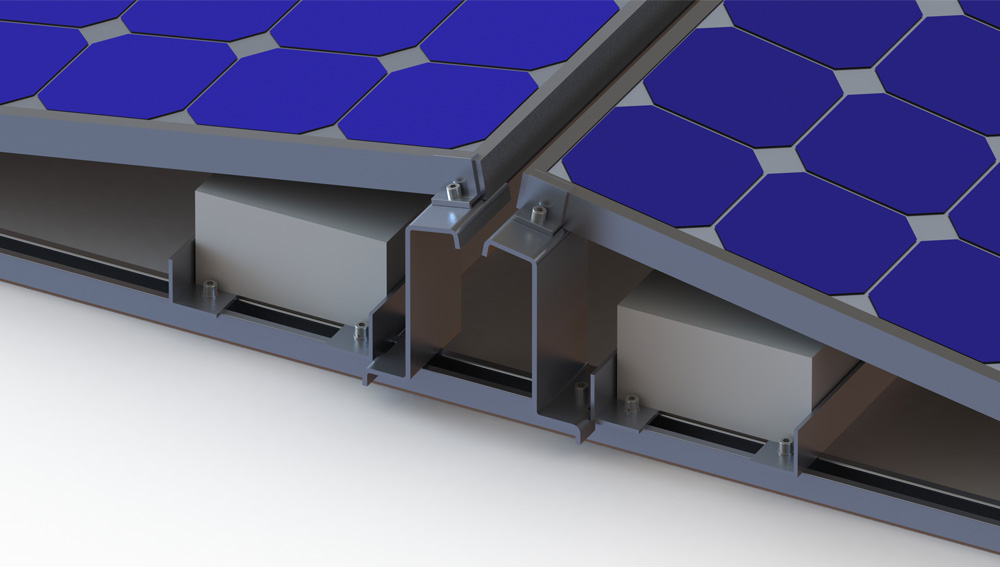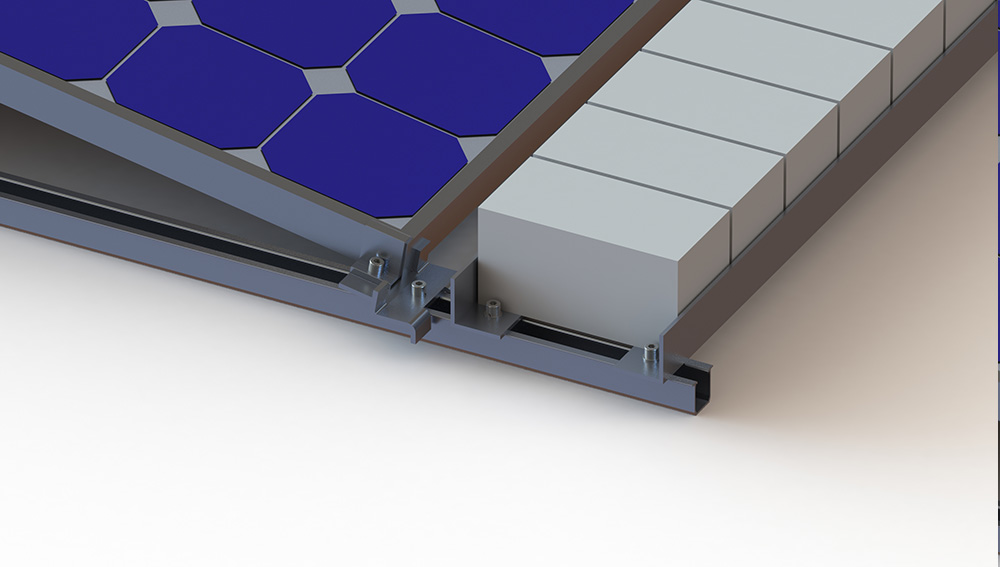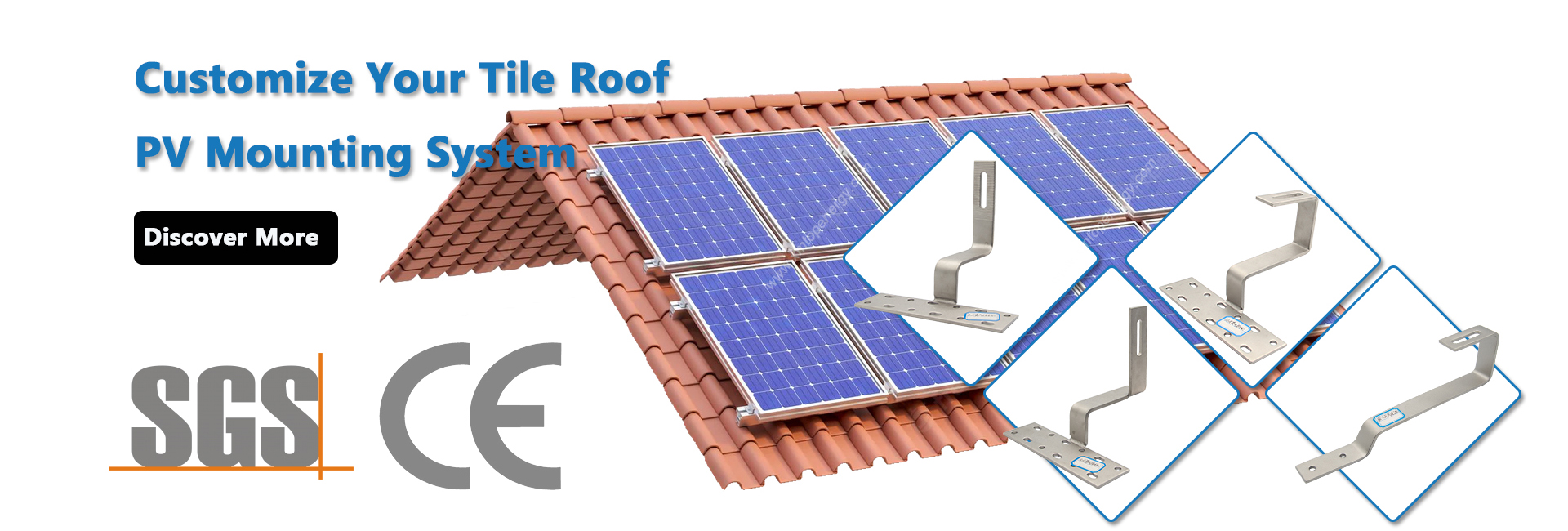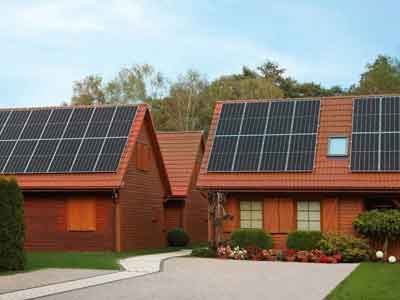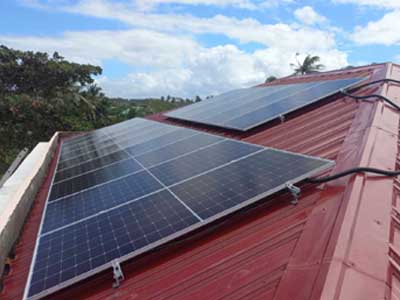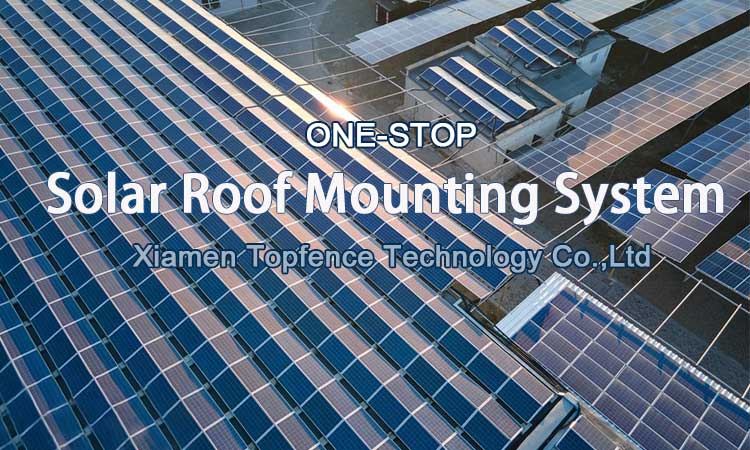In recent years, photovoltaic (PV) power generation systems have garnered significant attention due to their sustainability and renewable energy benefits. When it comes to installing photovoltaic panels on your roof, selecting the right accessories is crucial to ensuring stability, durability, and optimal performance. In this article, we'll explore the key solar panel roof accessories, their materials, and their specific applications.
1. Photovoltaic C-Shaped Steel
The photovoltaic C-shaped steel is one of the most critical components in a solar panel mounting system. It acts as the foundation that supports the solar panels and bears their load. Designed to withstand environmental factors like wind, earthquakes, and pressure within specific ranges, C-shaped steel provides the strength and stability needed for your roof installation. Without this sturdy component, your system wouldn't be able to endure external forces, potentially jeopardizing the safety and performance of your PV system.
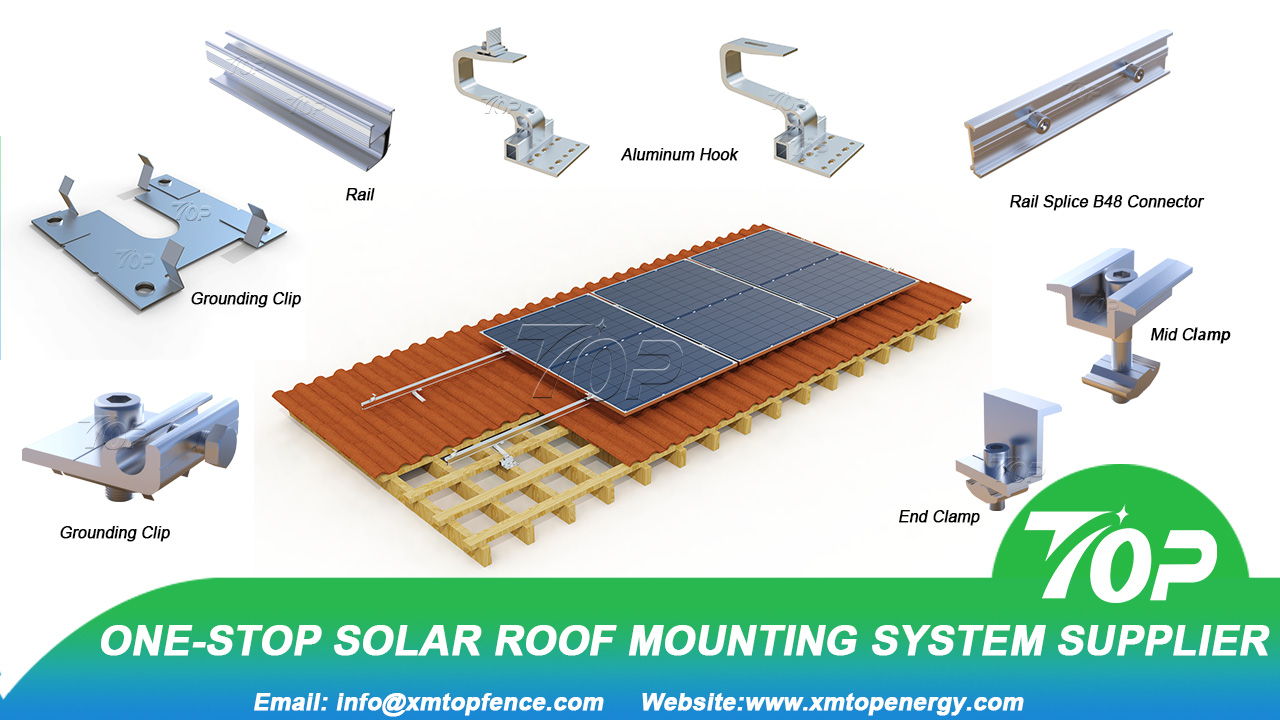
2. Solar Mid Clamp & End Clamp
Once your C-shaped steel is in place, you'll need the solar panel mid clamps and end clamps to secure the solar panels.
Solar Mid Clamps: These clamps are used to hold the panels securely in place. Typically installed between panels, they apply pressure to ensure the panels stay in their optimal orientation. Mid clamps are often paired with C-shaped steel, contributing to a solid and stable connection.
End Clamps: These clamps are installed at the edges of the solar panels to protect them from damage and enhance overall stability. End clamps prevent the panels from shifting and safeguard the edges, providing additional support for the system as a whole.
Both of these clamps are essential for the structural integrity of your solar array, ensuring that each panel remains firmly in place under various environmental conditions.
3. Photovoltaic Triangle Modules
For installations on sloping ground or uneven surfaces, photovoltaic triangle modules are indispensable. These customizable triangular pieces are used to adjust the angle and ensure that solar panels maintain their optimal positioning for maximum sunlight exposure. Whether you're dealing with a sloped roof or uneven terrain, triangle modules offer flexibility and are designed to adapt to specific site conditions, making them an essential part of the mounting system.

4. Photovoltaic Film Pellets
Photovoltaic film pellets are a crucial component in securing solar panels to the photovoltaic brackets. These thin film briquettes provide a tight and reliable connection between the solar panels and the pv mounting system, ensuring that the panels remain stable throughout their lifespan. When installed correctly, film pellets help prevent any unwanted movement, further enhancing the overall stability of the solar array.
5. Photovoltaic Connectors
The photovoltaic connectors are responsible for establishing secure connections between various components of the solar mounting system. These connectors link important parts such as C-shaped steel, mid clamps, end clamps, and other components to form a unified and sturdy support system. Connectors are designed to maintain strong and stable connections that ensure the overall strength and reliability of the entire system.

6. Photovoltaic Hooks
Finally, photovoltaic hooks play a vital role in securing the installation position and orientation of the PV system. These hooks attach directly to the solar panel, anchoring it to the photovoltaic support structure. Made from UV-resistant materials, these hooks are built for long-term durability, ensuring that your system remains securely fastened even in harsh weather conditions.
Conclusion
Each of these solar roof accessories plays a vital role in the installation and long-term functionality of your photovoltaic system. Understanding the materials and applications of these components is key to ensuring the effectiveness, durability, and longevity of your solar power system.
When selecting photovoltaic roof accessories, it's crucial to consider the specific environmental conditions and requirements of your installation site. By choosing the right accessories and materials, you can optimize the performance and lifespan of your solar panels.
In summary, the successful installation and operation of a solar power generation system depend heavily on the quality of the accessories used. Whether it's C-shaped steel, mid and end clamps, triangle modules, or solar connectors, every component serves a specific purpose in maintaining the system's stability and functionality. By choosing the right materials and understanding their applications, individuals and organizations can ensure that their photovoltaic roof installations are built to last and perform at their best.


